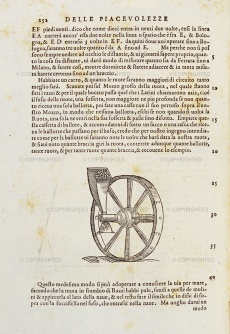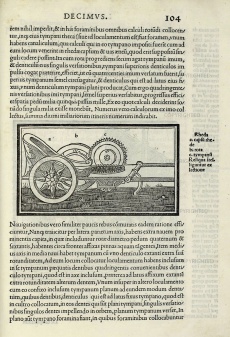Odometer
From Inventions
(Created page with '{{Template invention |nome= Name in use since antiquity, derived from the Greek hodos (road) and metron (measure). |inventore= |data= |descrizione= Word of Greek origin me…') |
|||
| Line 1: | Line 1: | ||
{{Template invention | {{Template invention | ||
| - | |nome= Name in use since antiquity, derived from the Greek hodos (road) and metron (measure). | + | |nome= Name in use since antiquity, derived from the Greek ''hodos'' (road) and ''metron'' (measure). |
|inventore= | |inventore= | ||
Revision as of 11:32, 27 July 2010
Name in use since antiquity, derived from the Greek hodos (road) and metron (measure).
Description
Word of Greek origin meaning "road measurement." The instrument is used to measure the distance travelled by a vehicle. Described by Vitruvius in De architectura (1st C. B.C.E.) and later by Hero of Alexandria (1st C. C.E.). In the Renaissance, different types of odometers were designed by Leon Battista Alberti (1404-1472) and Leonardo da Vinci (1452-1519), among others. The device onsists of a revolution counter attached to a wheel dragged by hand or fastened to a horse or vehicle. The distance travelled was obtained by multiplying the circumference of the wheel by the number of revolutions.
Existing Instruments
Firenze, Museo Galileo - Istituto di Storia della Scienza, Inv. 648
Firenze, Museo Galileo - Istituto di Storia della Scienza, Inv. 2641
Firenze, Museo Galileo - Istituto di Storia della Scienza, Inv. 3384
Images
Buonaiuto Lorini. Le fortificationi di Buonaiuto Lorini, nobile fiorentino. Nuouamente ristampate, corrette & ampliate di tutto quello che mancaua per la lor compita perfettione, con l'aggiunta del sesto libro. Doue si mostra, con la scienza, e con la pratica, l'ordine di fortificare le città, & altri luoghi, Venezia, 1609, p. 104r. |
Author of the entry: Filippo Camerota


